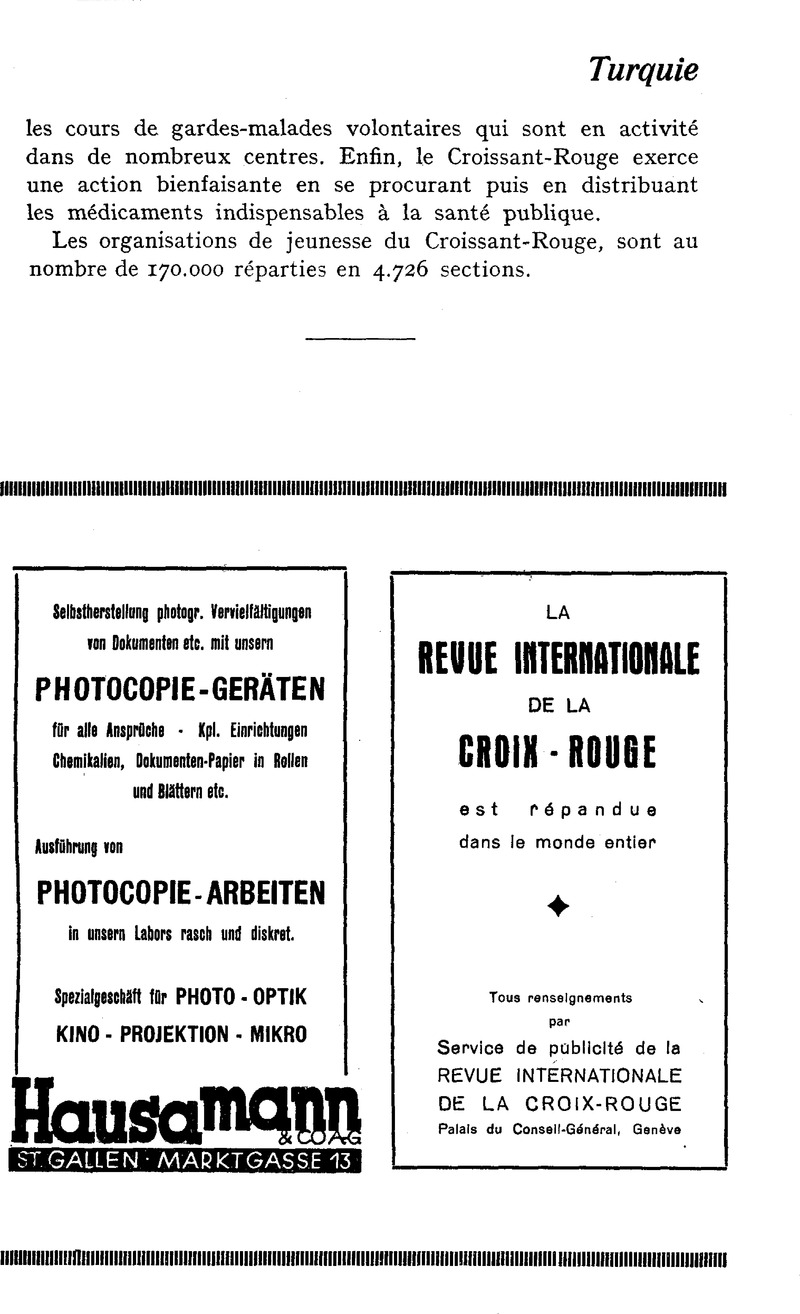
Hence, charitable deduction was limited to 15% of AGI.Increased charitable contribution limitation to 20% of AGI.Increased charitable contribution limitation to 30% of AGI for donations to churches, educational institutions, or hospitals.(Donations to other organizations still subject to the 20% AGI limit. Maximum allowable deduction capped at 15% of taxable income.IBC(s) Section 1202.4 and IRC Section 408.1 of the International Building Code(s) shall be amended as follows: Any foundation vent required to be placed in.Enacted the unlimited charitable deduction (UCD), which waived the 15% limitation for taxpayers who made consistently large charitable contributions.Changed income measure for limitation from taxable income to adjusted gross income (AGI). Applicable to contributions of cash or gifts to organizations operated for religious, charitable, scientific, or education purposes or for the prevention of cruelty to animals or children. Major Legislative Changes to the Charitable Deduction for Individuals, 1917-PresentMcLaughlin on Kaufman: Protecting Public Investment in Conservation Easements The conservation purpose of a conservation easement will be protected.(1) Should service of a member be discontinued except by death, disability, or retirement, the member shall, upon application therefor, be paid the accumulated contributions within sixty days after the day of application and the rights to all benefits as a member shall cease: PROVIDED, That any member with at least five years' service may elect the provisions of RCW 41.26.090(2).Enacted the charitable deduction for individuals. Under leave-based donation programs, employees can elect to forgo vacation, sick, or personal leave in exchange for cash payments that the employer makes to charitable organizations described in Internal Revenue Code (IRC) section 170(c.) Contributions made to a domestic public charity that is qualified under IRC section 501(c)(3), or made to a state or possession of the United States and the.
)Increased the AGI limit to 60% for gifts of cash to charities.This report provides a brief history of the major legislative changes to the charitable deduction for individuals, from its enactment in 1917 through the recent changes enacted at the end of 2017. This provision expired as scheduled at the end of 1986.Increased the AGI limit to 30% for gifts of cash or ordinary income property to donations made to private nonoperating foundations.(Gifts of long - term capital gain property to private nonoperating foundations were still subject to the 20% of AGI limit. )Enacted a temporary above-the-line charitable deduction for taxpayers who did not itemize their deductions. Gifts to private nonoperating foundations were still subject to the 20% AGI limit. )Phased out the UCD and increased the AGI limit to 50% of AGI for cash and ordinary income contributions to charities.( Gifts of appreciated property to public charities were still subject to the 30% limitation.
Crandall-Hollick and Molly F. Sherlock, and CRS In Focus IF11022, The Charitable Deduction for Individuals, by Margot L. Those issues are discussed in CRS Report R45922, Tax Issues Relating to Charitable Contributions and Organizations, by Jane G. This report does not address all the legislative changes made to this tax benefit, nor does it provide a broad overview of charitable giving in general, charitable giving tax incentives, their economic effects, or policy options to modify them.
Current Tax Benefit for Individual Charitable DonationsUnder current law, taxpayers who itemize their deductions can—subject to certain limitations—deduct charitable donations to qualifying organizations. 3 This report will be updated as necessary to reflect future legislative changes. 1 Laws that modified definitions 2 or changed substantiation requirements for taxpayers claiming the deduction are also generally excluded. The bills summarized in this report do not include those that temporarily modified the charitable deduction in response to a disaster. For the purposes of this report, major legislative changes include those that changed the amount that taxpayers could deduct. It then describes major legislative changes made to the deduction from 1917 through the present day, with the most recent changes being those made in 2017.

(For more information on general valuation rules of noncash property, see Appendix B.) Depending on (1) the type of property donated and (2) the type of qualifying organization that receives the donations, there are limitations on the total dollar amount that the taxpayer can deduct, as illustrated in Table 1. Properties or securities held for less than a year are often referred to as short - term capital gain properties. Properties or securities held for more than a year are often referred to as long - term capital gain properties. 7 Public charities include organizations "organized and operated exclusively for religious, charitable, scientific, testing for public safety, literary, or educational purposes, or to foster national or international amateur sports competition … or for the prevention of cruelty to children or animals." 8 Types of DonationsTax-deductible donations to qualifying organizations can be in the form of cash, securities, or property. Foundations that directly operate their own charitable programs are referred to as operating foundations.In contrast, public charities tend to have broad public support and provide charitable services directly to beneficiaries. These foundations are referred to as nonoperating foundations.

Summary of Major Legislative ChangesMade to the Charitable Deduction for Individuals, 1917-PresentChanged the income measure for deduction limitation from taxable income to adjusted gross income (AGI). As the deduction has changed over time, policymakers have continued to discuss its effectiveness at increasing charitable giving, the broader role of the government in the philanthropic sector, and reform proposals—a discussion that continues to this day. Thus, when the deduction was created, it could be viewed as having been designed to "protect voluntary giving to public goods by rich industrialists who had made their fortunes in business." 12 Today, many policymakers are focused on the charitable deduction's impact on giving, and its efficacy at inducing additional giving. When the charitable deduction was created, the income tax was in its early years, and applied only to the very top of the income distribution. In its early years, the charitable deduction served to ensure that resources given to charity would not be treated as income for the purposes of taxation. The history of the charitable deduction illustrates two main policy objectives of this benefit.


 0 kommentar(er)
0 kommentar(er)
